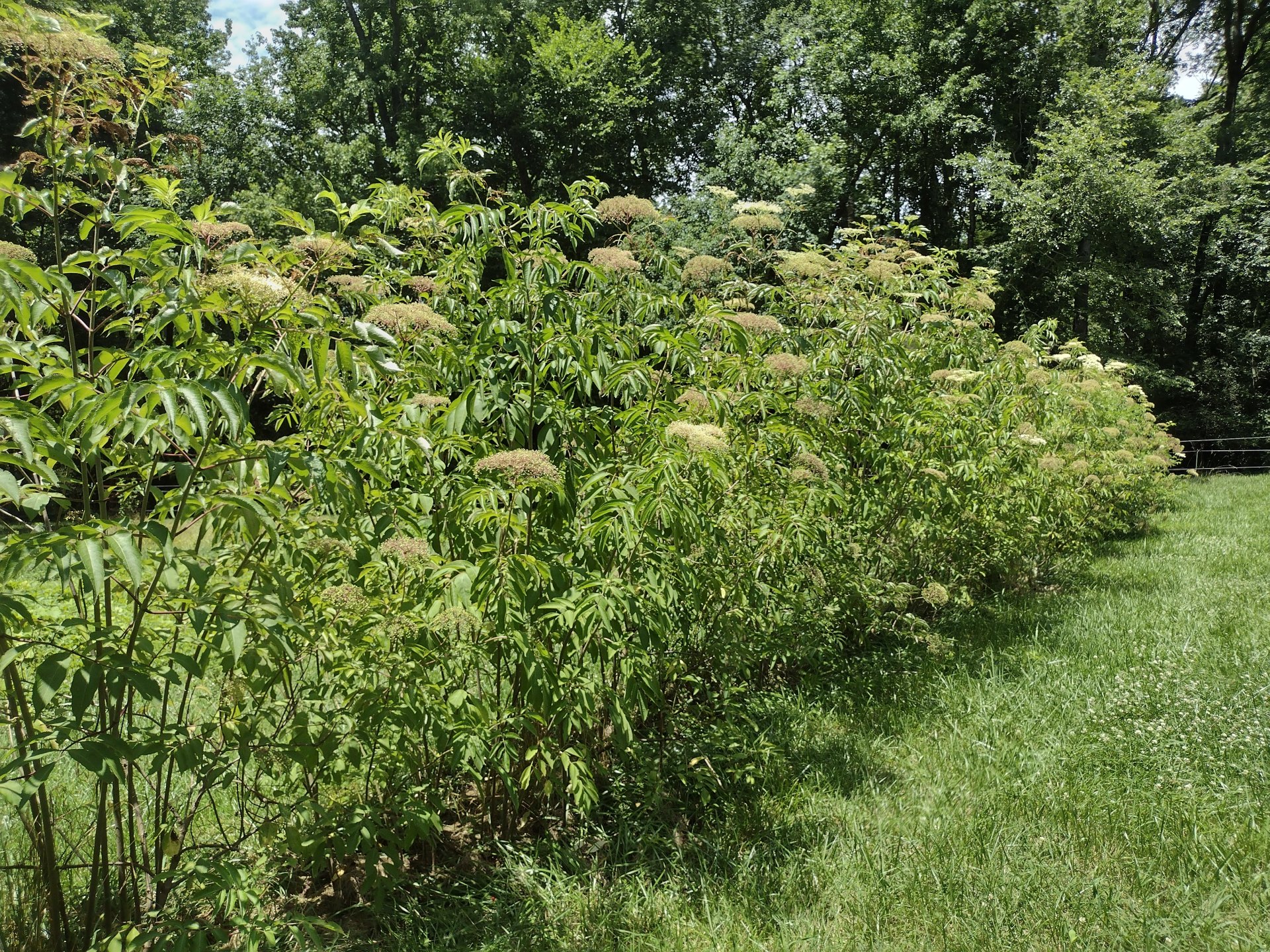
It is that time. Join us as we prune our elderberries. We’ll have a great morning learning to prune elderberries and also learning to plant the cuttings. The cost of the class includes a 1/2 lb of honey from the farm and cuttings so you can plant your own elderberries. Please sign up below so we know how many people to expect.
Event Schedule on Saturday, March 8th
Take Aways from the Event
You’ll learn how to
- prune elderberries and make cuttings to plant
- plant elderberries
Experience
- pruning elderberry plants
- planting elderberry cuttings
Bring home (included in the ticket cost)
- enough elderberry cuttings to start your own elderberry patch
- 1 lb of honey from the farm
Agenda on Saturday
9:00 AM – Welcome
9:15-Noon
Demonstration – how to prune elderberry bushesPractical – prune elderberries and take home elderberry cuttings so you can grown your own elderberry plants.
Demonstration – how to plant elderberries
Practical – plant elderberries and comfrey









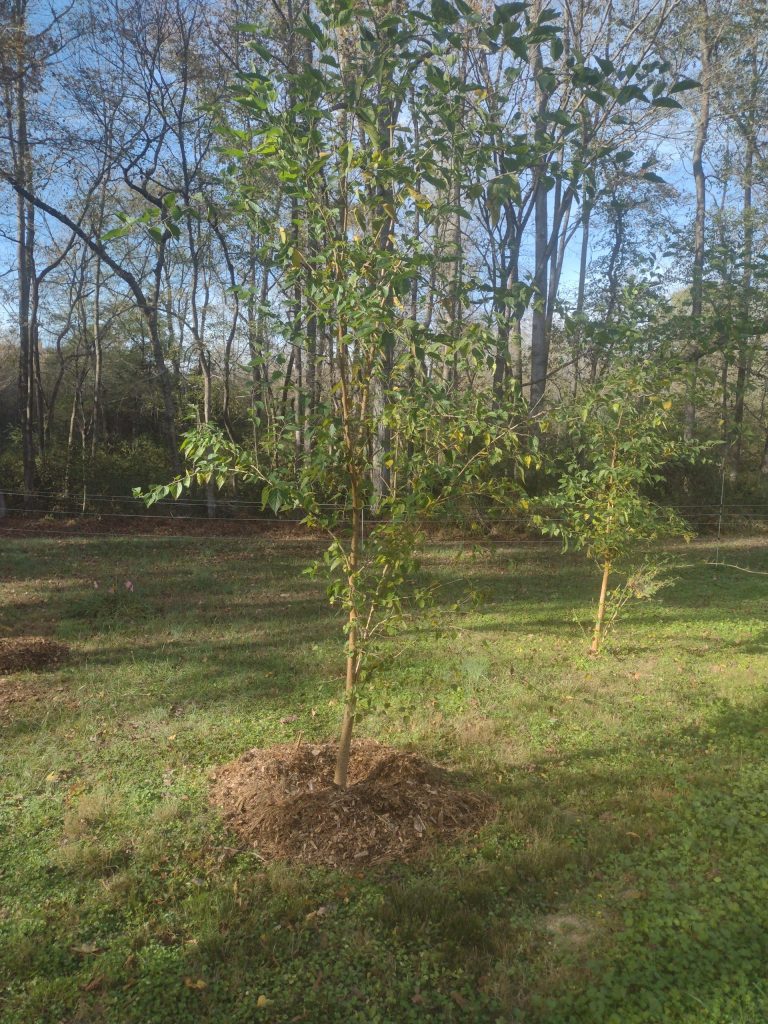
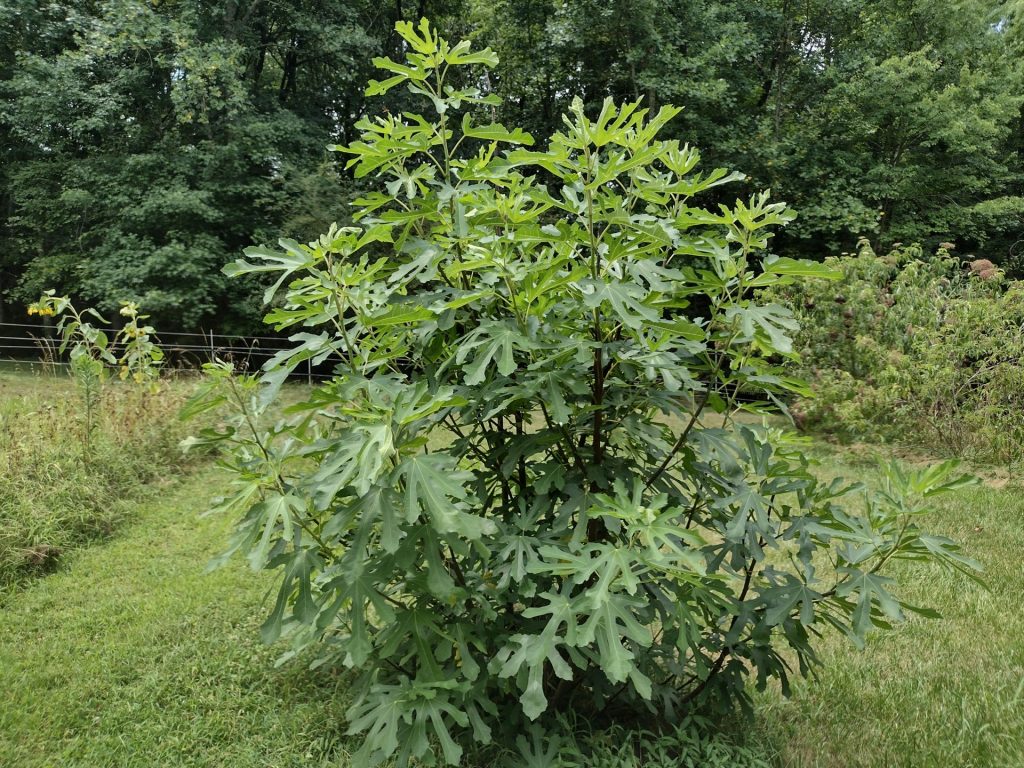


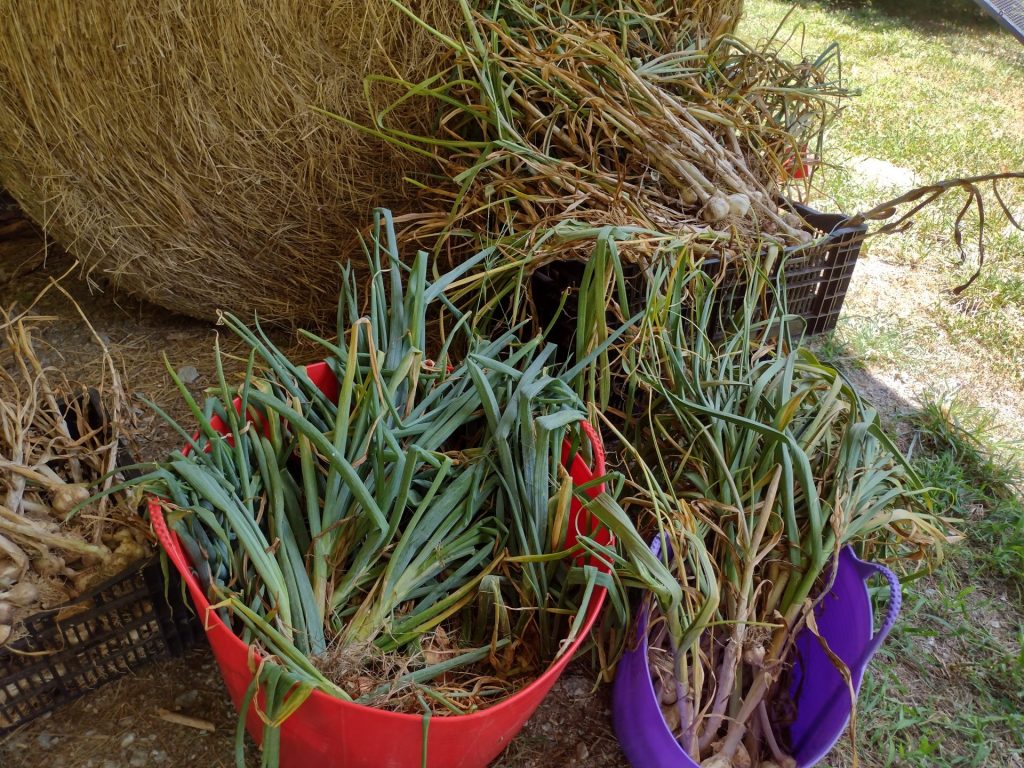

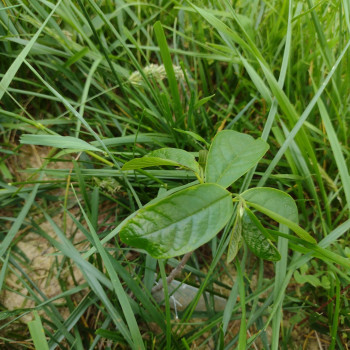
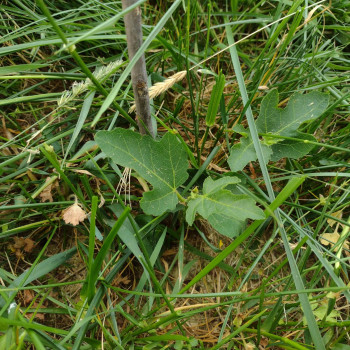



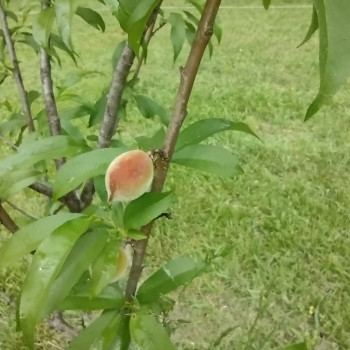


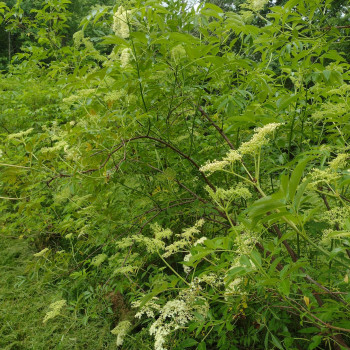
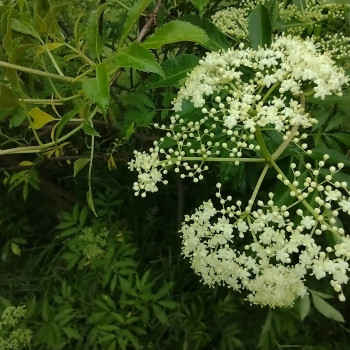








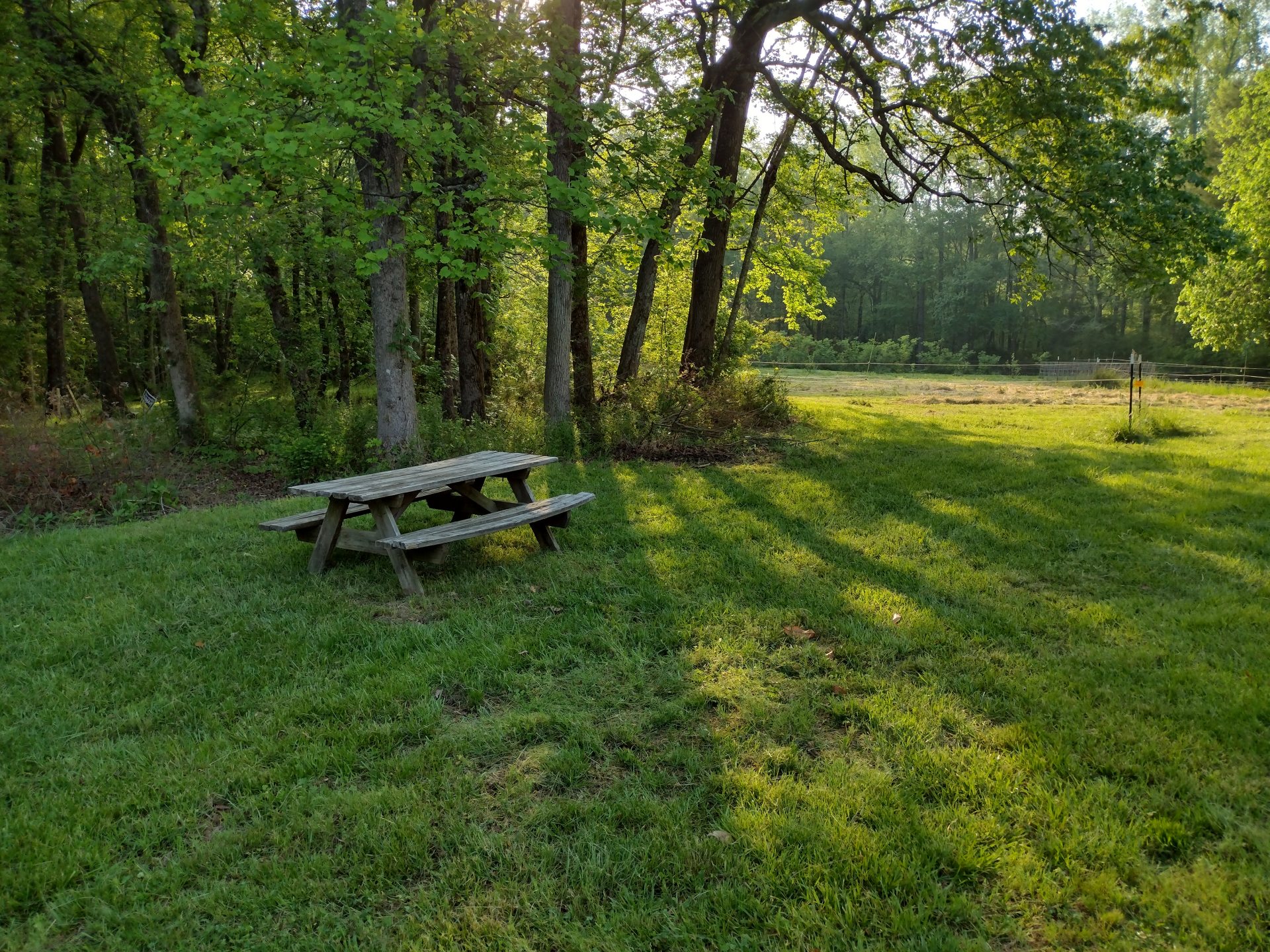

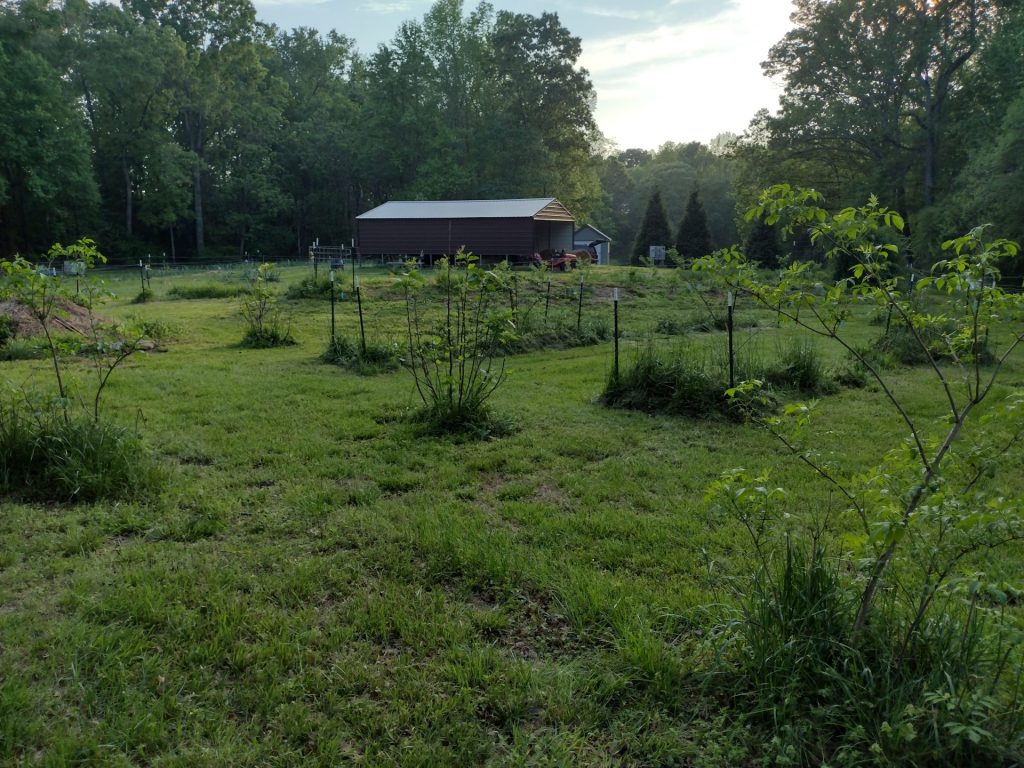



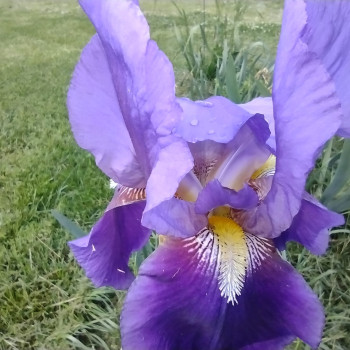
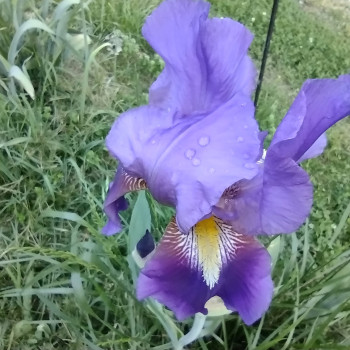


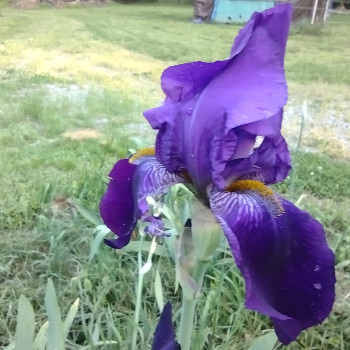




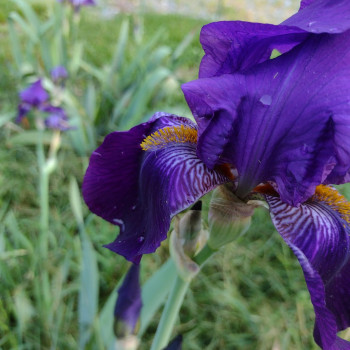


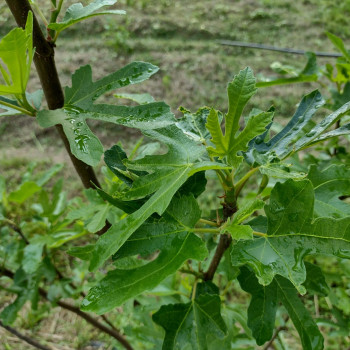


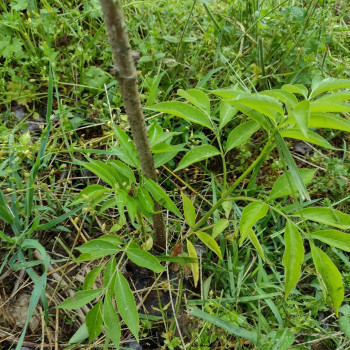






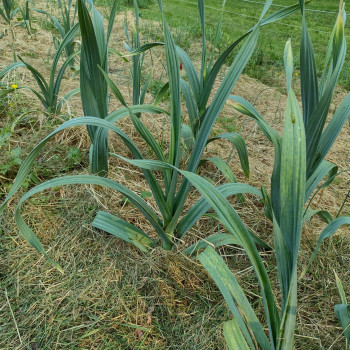


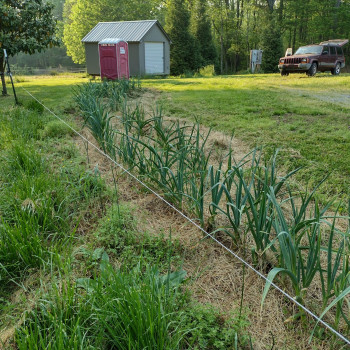

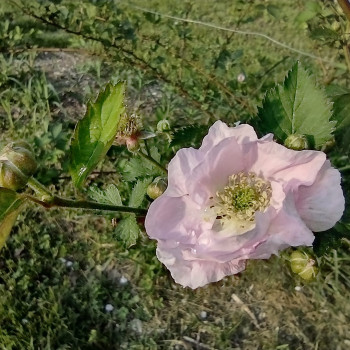


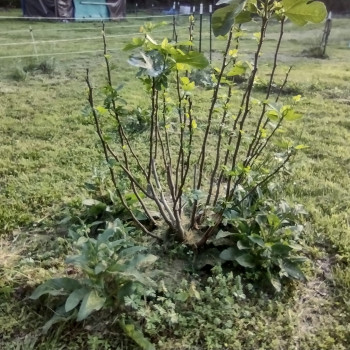


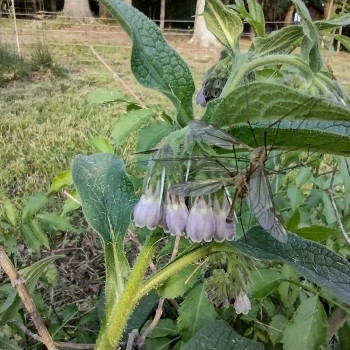



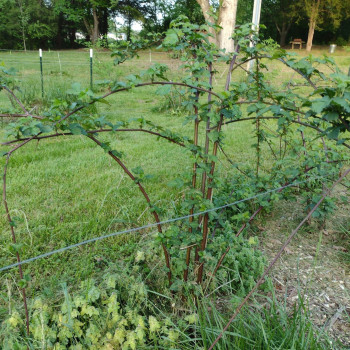





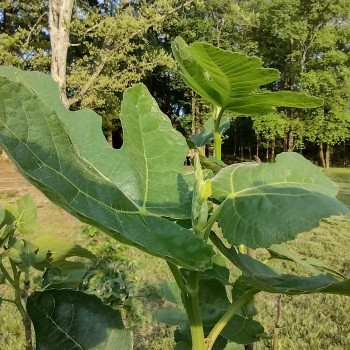

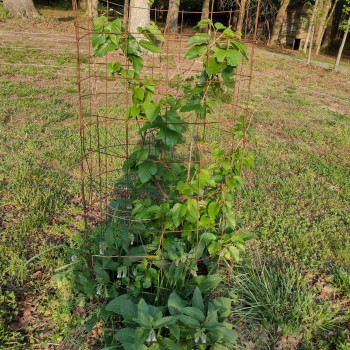
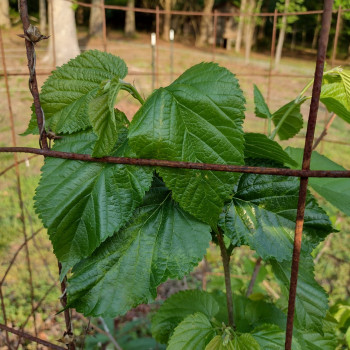

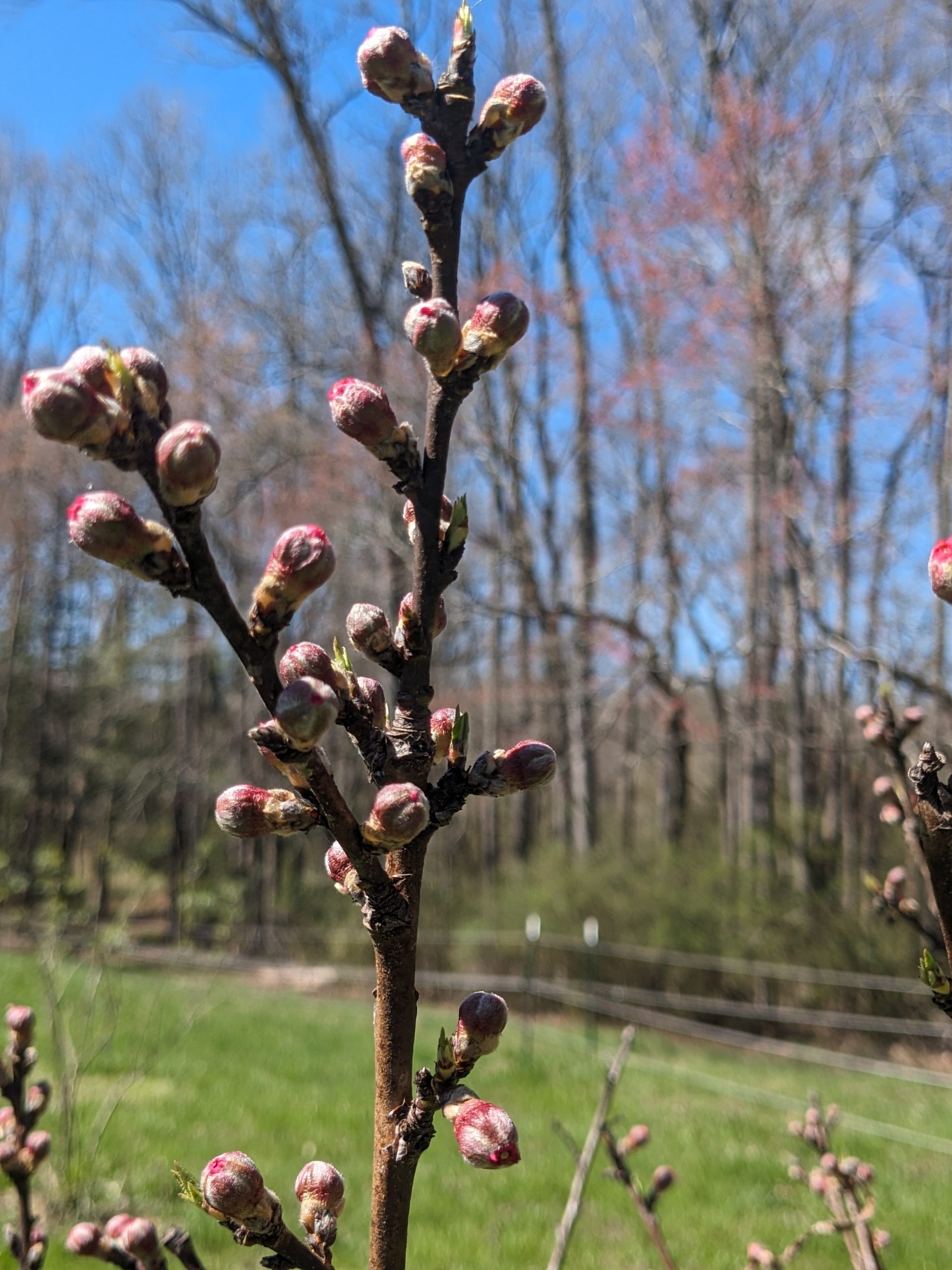




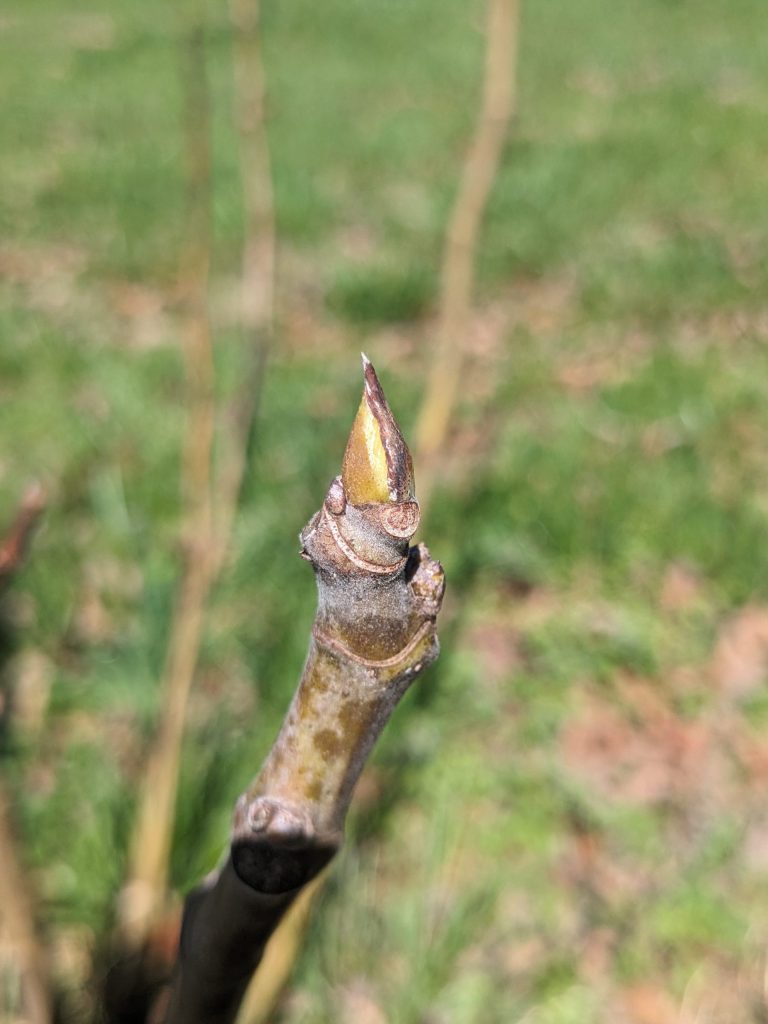

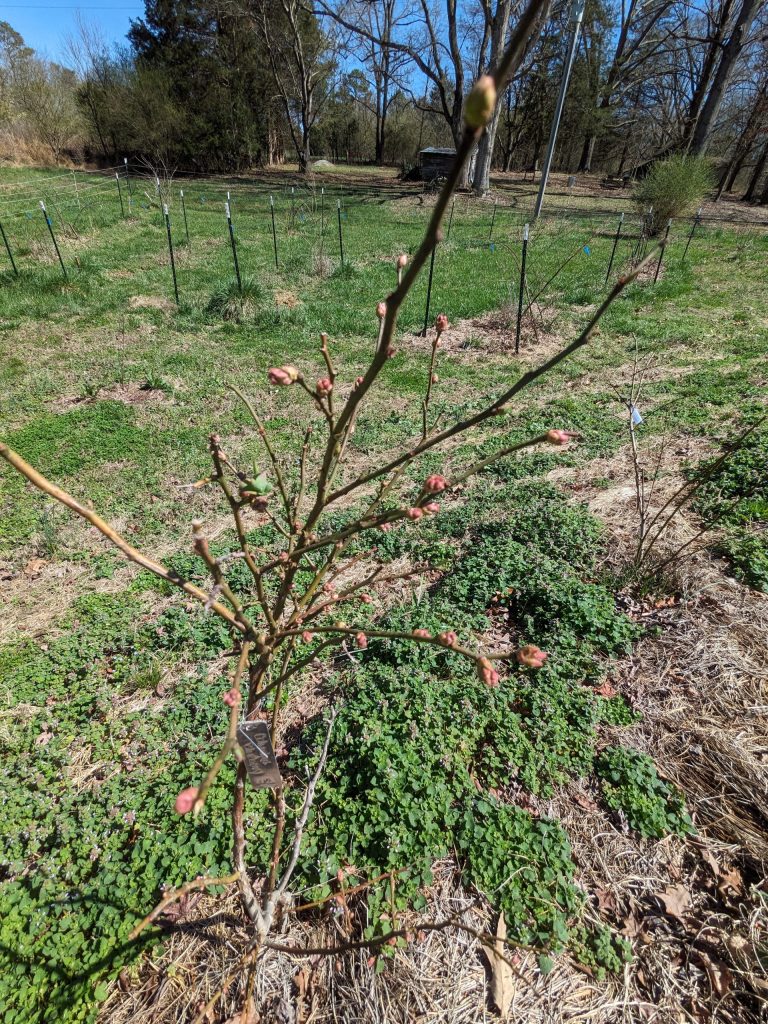

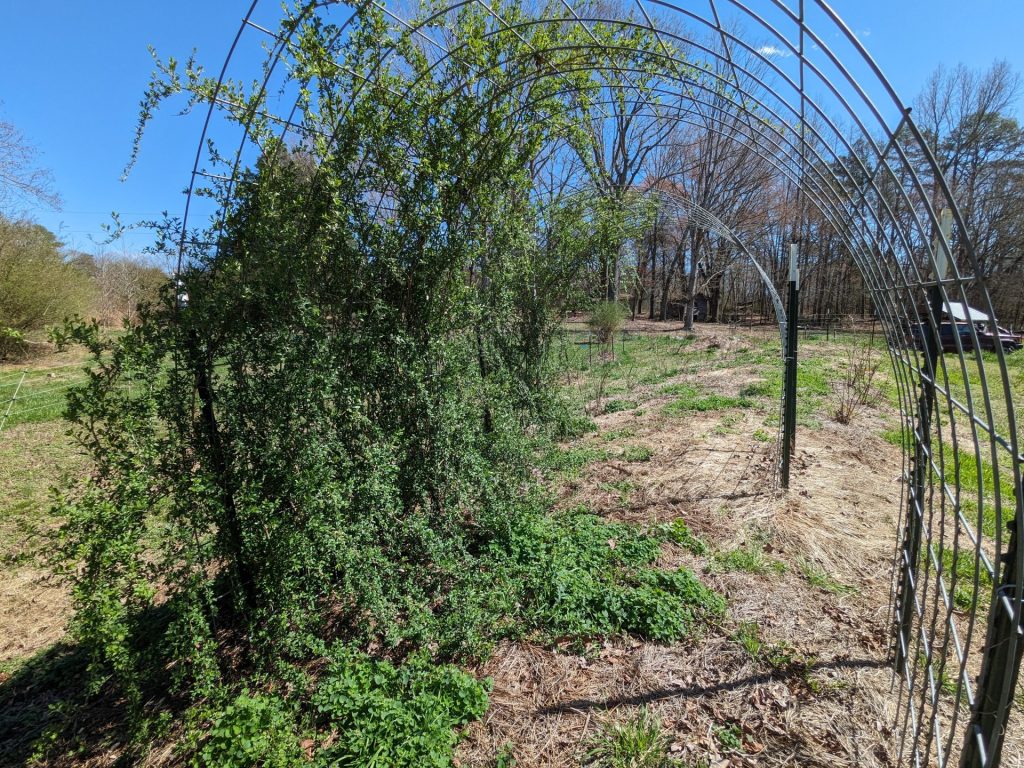

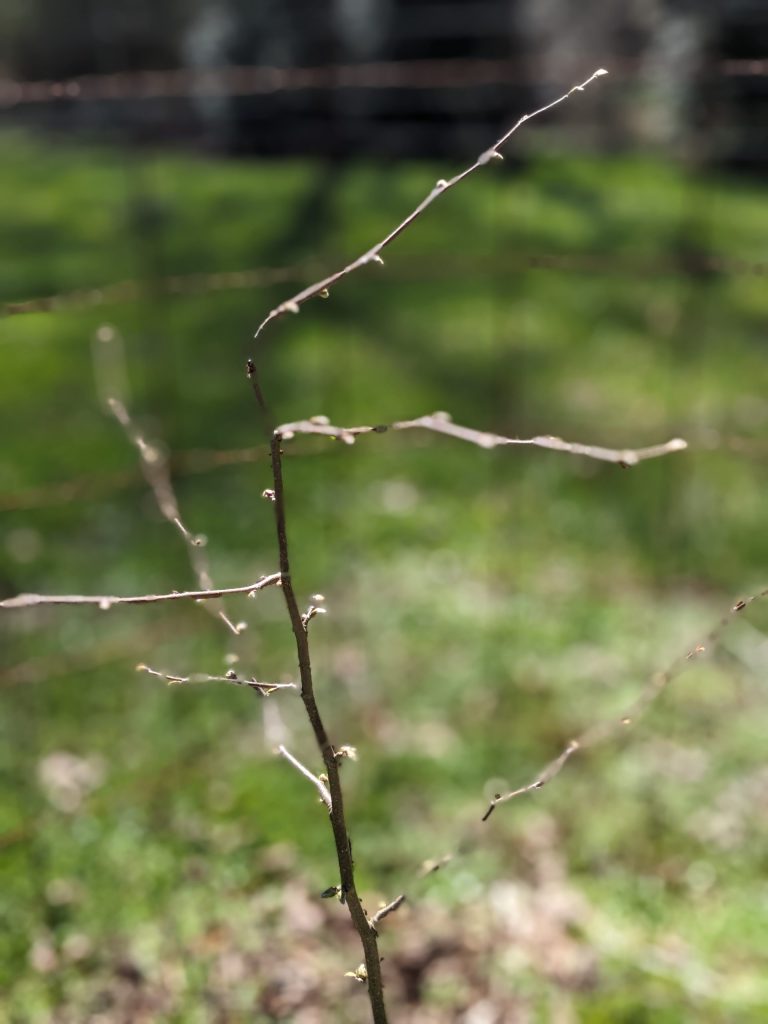


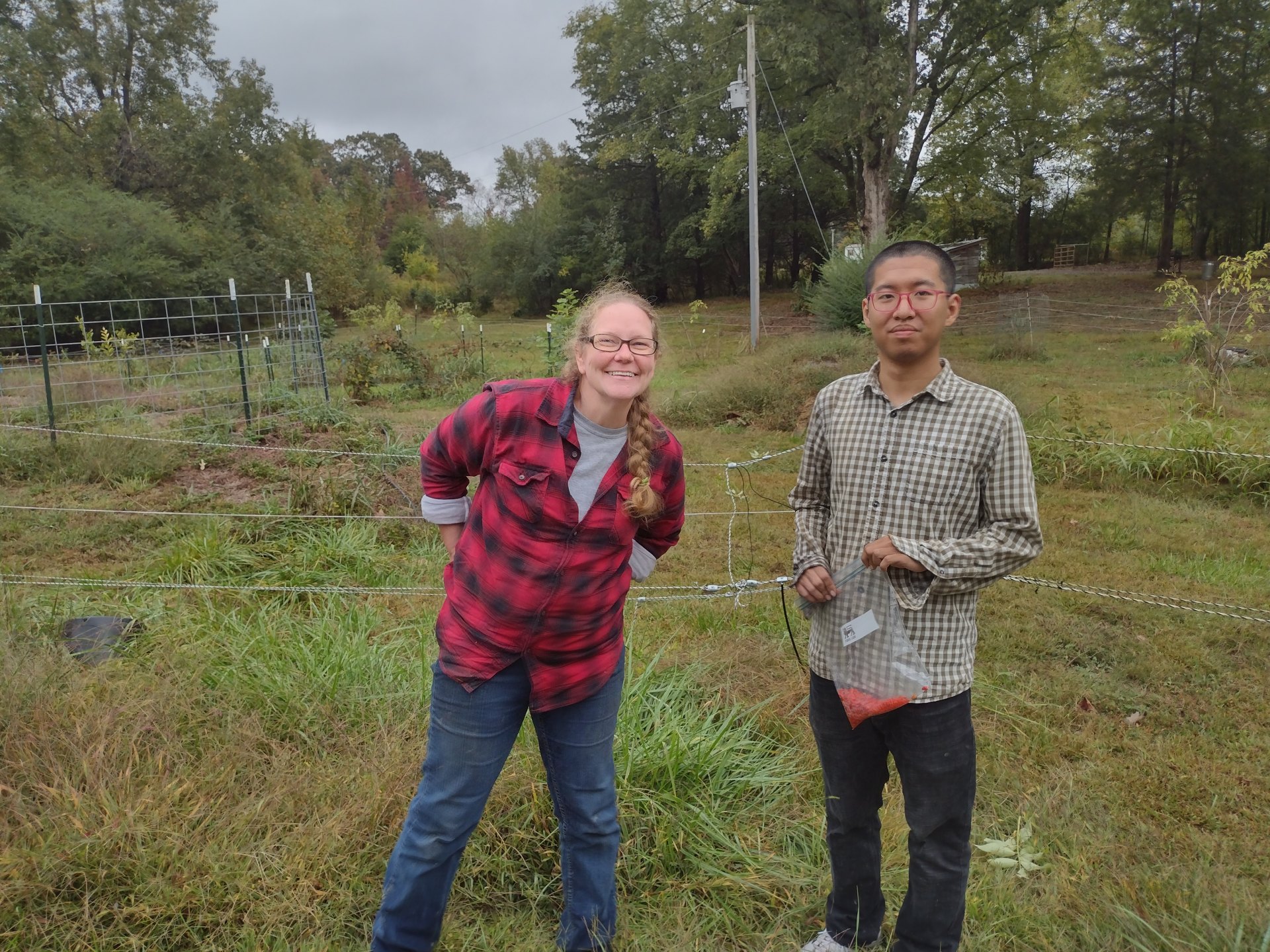
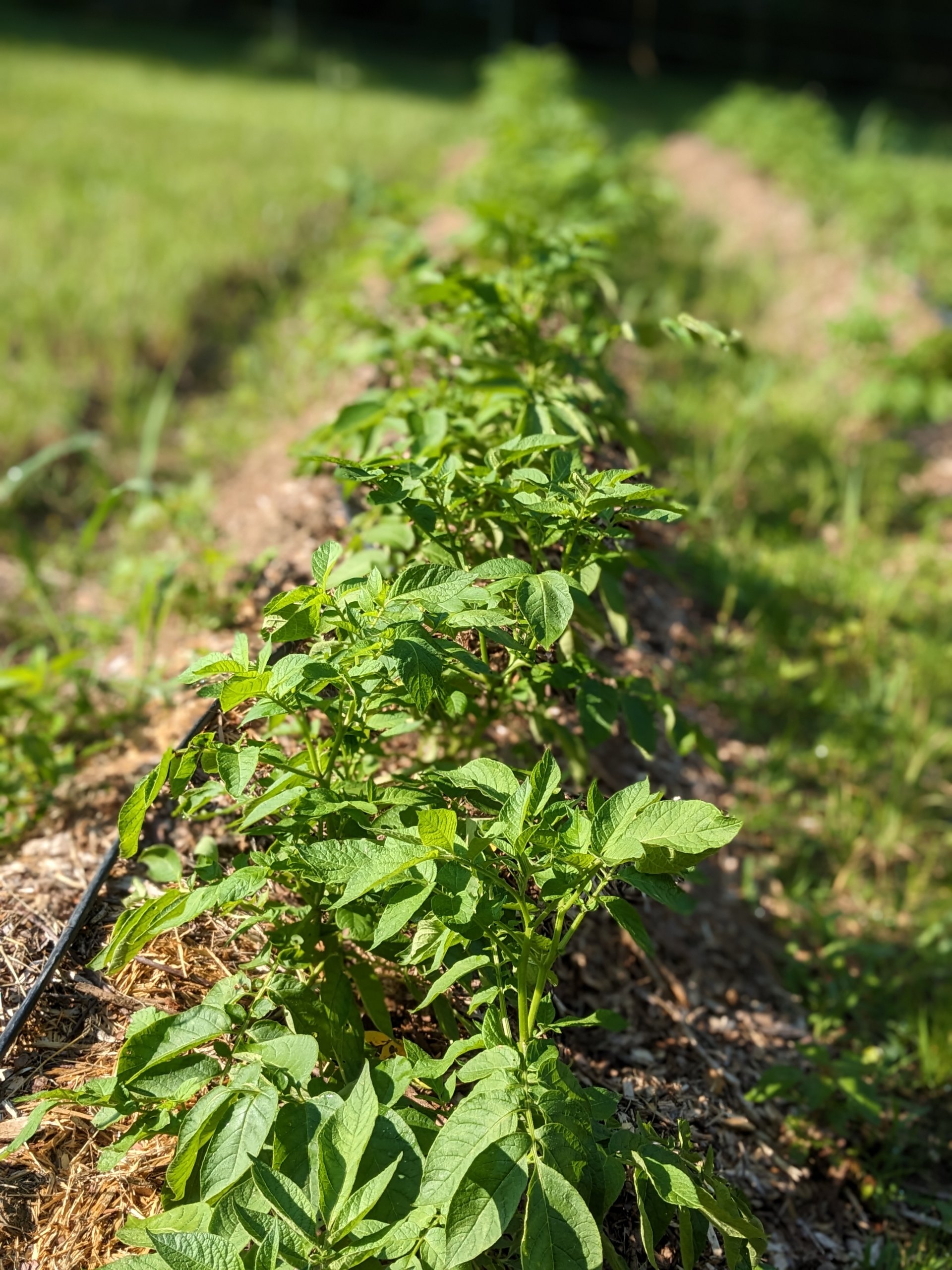

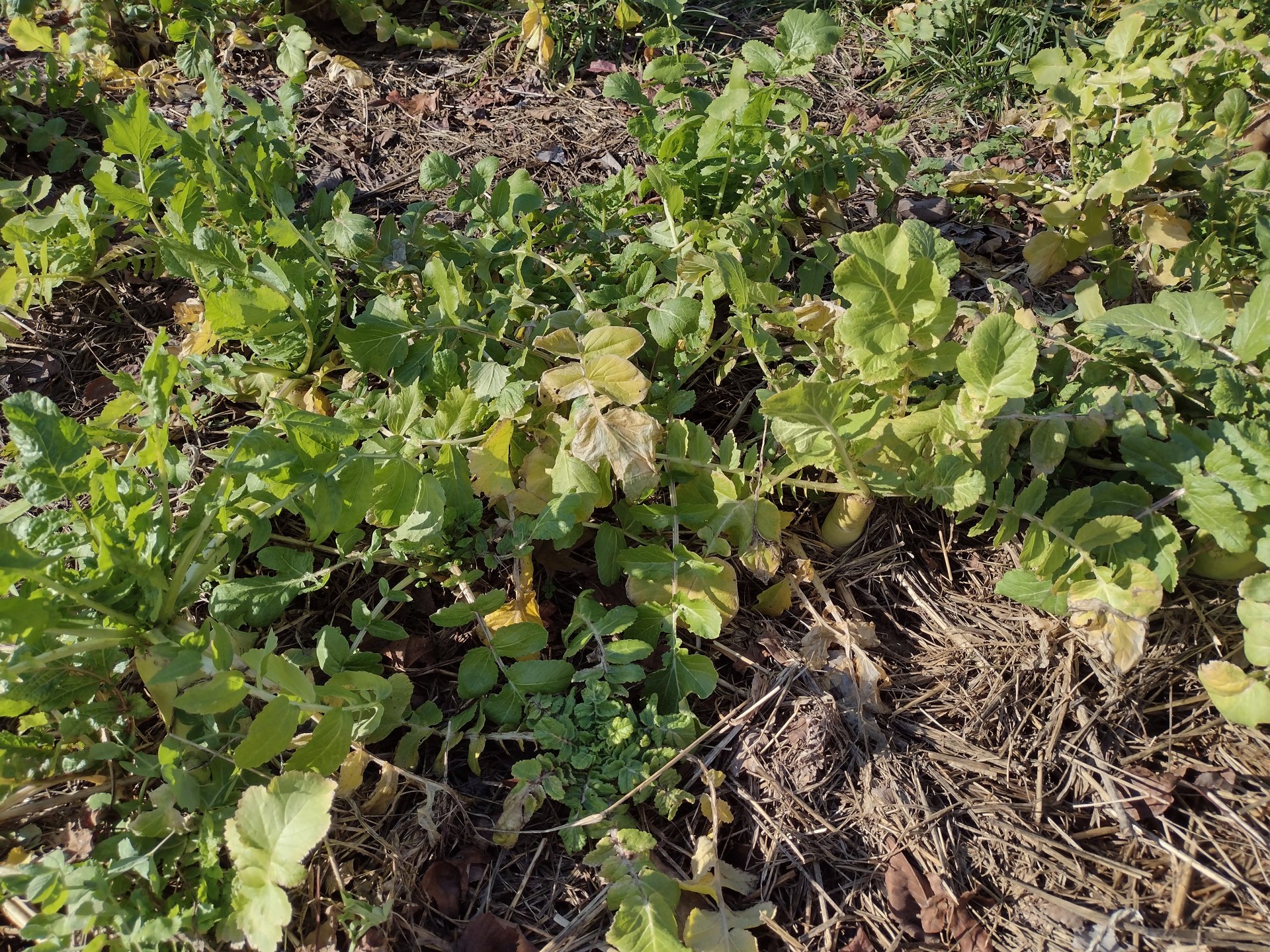
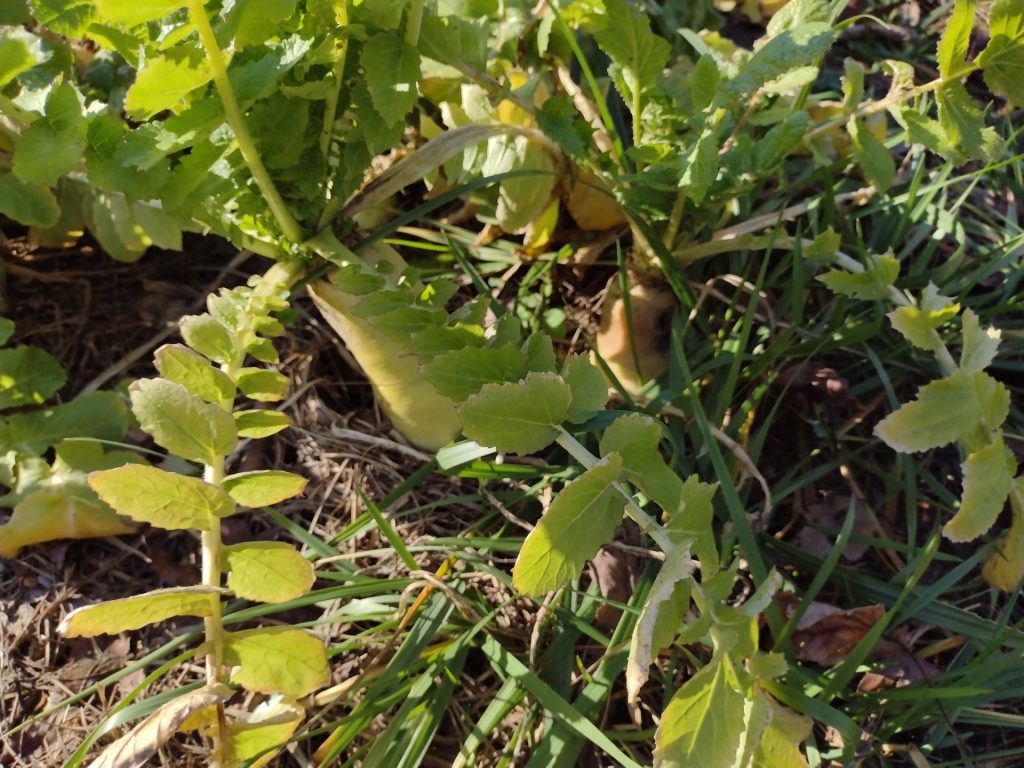


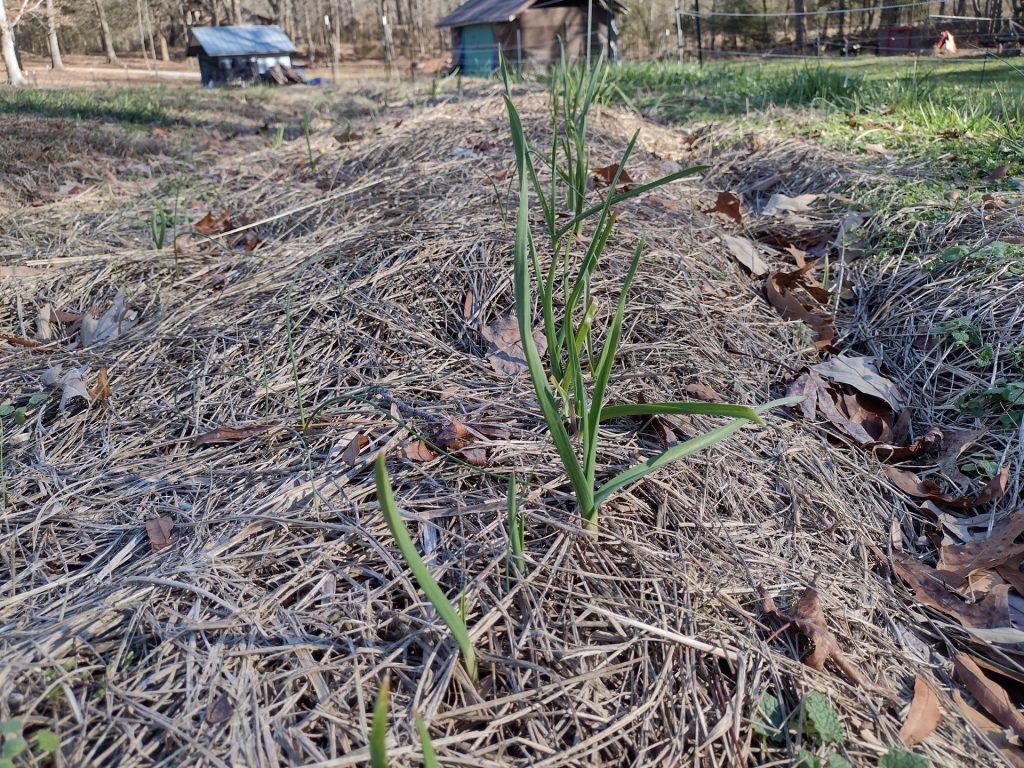


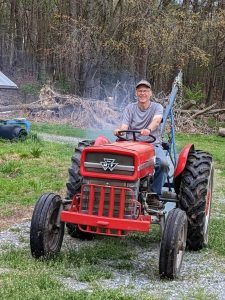 I’m a mechanical engineer turned weekend farmer, so I’m just smart enough to know that there is a lot that I don’t know especially when it comes to farming, permaculture and food forests. I’ve been heavily influenced in my love of farming and permaculture by my Mom and Dad and also by people like
I’m a mechanical engineer turned weekend farmer, so I’m just smart enough to know that there is a lot that I don’t know especially when it comes to farming, permaculture and food forests. I’ve been heavily influenced in my love of farming and permaculture by my Mom and Dad and also by people like  Connie has her certificate in Sustainable Agriculture from CCCC. She really enjoyed the classes at the community college and learned a lot. The program was a mixture of classes and work on the school farm. What she learned has really added to our technical proficiency on the farm.
Connie has her certificate in Sustainable Agriculture from CCCC. She really enjoyed the classes at the community college and learned a lot. The program was a mixture of classes and work on the school farm. What she learned has really added to our technical proficiency on the farm.